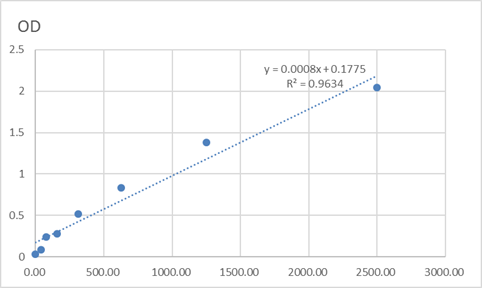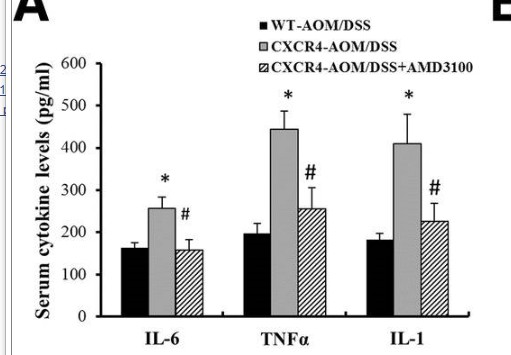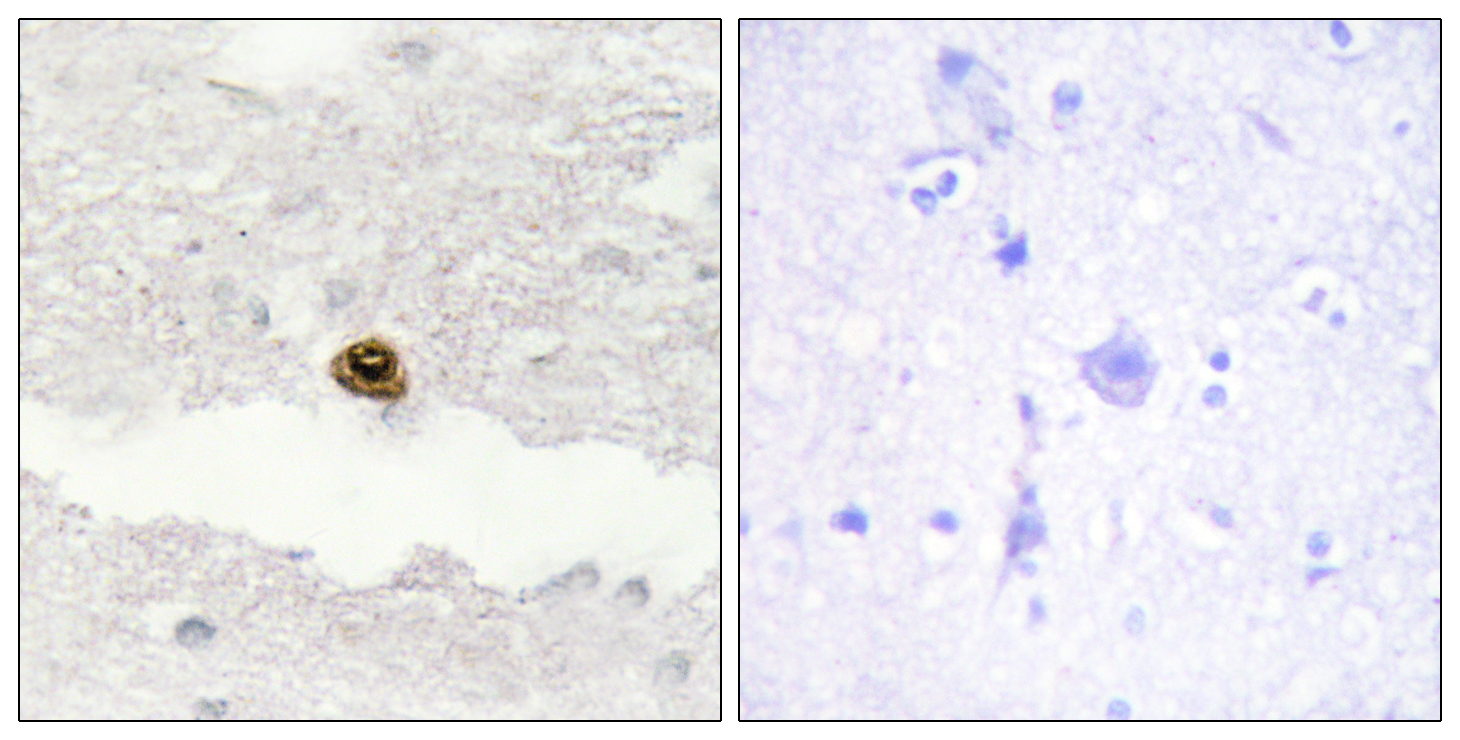Total DGK-ζ Cell-Based Colorimetric ELISA Kit
- Catalog No.:KA3721C
- Applications:ELISA
- Reactivity:Human
- Gene Name:
- DGKZ
- Human Gene Id:
- 8525
- Human Swiss Prot No:
- Q13574
- Mouse Swiss Prot No:
- Q80UP3
- Storage Stability:
- 2-8°C/6 months
- Other Name:
- Diacylglycerol kinase zeta (DAG kinase zeta) (EC 2.7.1.107) (Diglyceride kinase zeta) (DGK-zeta)
- Detection Method:
- Colorimetric
- Background:
- catalytic activity:ATP + 1,2-diacylglycerol = ADP + 1,2-diacyl-sn-glycerol 3-phosphate.,caution:The sequence shown here is derived from an Ensembl automatic analysis pipeline and should be considered as preliminary data.,function:Displays a strong preference for 1,2-diacylglycerols over 1,3-diacylglycerols, but lacks substrate specificity among molecular species of long chain diacylglycerols. Isoform 2 but not isoform 1 regulates RASGRP1 activity.,PTM:Phosphorylation of the MARCKS homology domain by PKC reduces nuclear accumulation of DGK-zeta.,similarity:Belongs to the eukaryotic diacylglycerol kinase family.,similarity:Contains 1 DAGKc domain.,similarity:Contains 2 ANK repeats.,similarity:Contains 2 phorbol-ester/DAG-type zinc fingers.,subunit:Interacts with the PDZ domain of the syntrophin SNTG1 and that of SNX27. Isoform 2 forms a signaling complex with RASGRP1 and HRAS.,tissue specificity:Highest levels in brain, and substantial levels in skeletal muscle, heart, and pancreas. Isoform 1 is predominantly expressed in muscle.,
- Function:
- cell cycle checkpoint, DNA damage checkpoint, response to DNA damage stimulus, mitotic cell cycle checkpoint, cell surface receptor linked signal transduction, G-protein coupled receptor protein signaling pathway, activation of protein kinase C activity by G-protein coupled receptor protein signaling pathway, intracellular signaling cascade, regulation of mitotic cell cycle, negative regulation of signal transduction, negative regulation of cell communication, regulation of phosphate metabolic process, DNA integrity checkpoint, G1 DNA damage checkpoint, G1/S transition checkpoint,activation of protein kinase activity, cellular response to stress, positive regulation of kinase activity, regulation of phosphorylation, DNA damage response, signal transduction, positive regulation of catalytic activity, regulation of kinase activity, positive regulation of molecular function, negative regula
- Subcellular Location:
- Nucleus . Cytoplasm, cytosol . Cell membrane . Cell projection, lamellipodium .
- Expression:
- Highest levels in brain, and substantial levels in skeletal muscle, heart, and pancreas. ; [Isoform 2]: Predominantly expressed in muscle.
- June 19-2018
- WESTERN IMMUNOBLOTTING PROTOCOL
- June 19-2018
- IMMUNOHISTOCHEMISTRY-PARAFFIN PROTOCOL
- June 19-2018
- IMMUNOFLUORESCENCE PROTOCOL
- September 08-2020
- FLOW-CYTOMEYRT-PROTOCOL
- May 20-2022
- Cell-Based ELISA│解您多样本WB检测之困扰
- July 13-2018
- CELL-BASED-ELISA-PROTOCOL-FOR-ACETYL-PROTEIN
- July 13-2018
- CELL-BASED-ELISA-PROTOCOL-FOR-PHOSPHO-PROTEIN
- July 13-2018
- Antibody-FAQs



